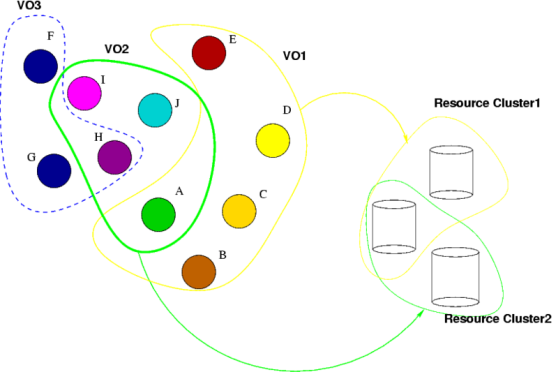When I was in college in the early 80s, Larry Norman had a t-shirt with a picture of Phydeaux and the words, “Curb Your Dogma!” I loved it. With fresh burns from fire-breathing fundies, this little phrase expressed my sentiment completely: too much dogma, not enough love.
I see these same ideas circulating regularly among various Christian/x-Christians groups who are frustrated by the lack of love they’ve experienced in the church. I still related to the frustration, but I believe it is a bit misdirected. Dogma, properly understood, would not restrict love, but provides a channel through which loves flows.
Chesterton says that without dogma, some solid unshakable ideas, man becomes subject to the trends of the moment. So the real problem with the loveless fundamentalists, is not dogma, but possibly a lack of understanding how dogma works in our lives.
Reading a recent issue of Touchstone, I saw a great quote by Flannery O’Connor that perfectly captures the role of dogma in the journey of faith. She says, “Dogma is an instrument for penetrating reality…It is one of the functions of the Church to transmit into prophetic vision that good for all time.” The challenge of dogma is the challenge is taking a stand, and then acting on the basis of that stand.
Some folks would like the freedom to turn right and left at the same time. While this might be an interesting theoretical puzzle for quantum mechanics, I don’t live in a theoretical world. I live in a world where I must chose. Those choices open new possibilities while removing others.
Christian dogma is the freedom to choose to live by a set of ideas that happen to be older than the latest best seller that will soon be on the discount shelf for half price (and may never even see a reprint). Instead of a short-time vision, Christian dogma stretches across centuries and has shaped the formation of cultures and civilizations.
O’Connor continues by saying that “Your beliefs will be the light by which you see, but they will not be what you see and they will not be a substitute for seeing.” Over centuries, weak and fallible humans have struggled to see the implications of Christian dogma.
In spite of human flaws and failures, this dogma has reaffirmed a value of human life not tied to status, race or sexuality. We must imagine the struggle of redefining person in a world where landowners alone enjoyed the status of person. Taking Paul’s lead, the Church Fathers wrestled through the implications of their Christian dogma and what it meant for the status of all human beings. Working out their idea, has not always been successful but the world it created is far different from the world where the ideas first emerged.
Each generation of Christians faces this challenge of revisioning their world through the eyes of light that Christian dogma provides. Instead of building fortresses around our ideas, thinking that is what it means to be faithful. We look out upon a world of finance, computers, war, politics, entertainment and more, and we consider how does this dogma enlighten the way, guiding us to be visionaries who do not stumble but are walking (in trust) toward the full light of day.


